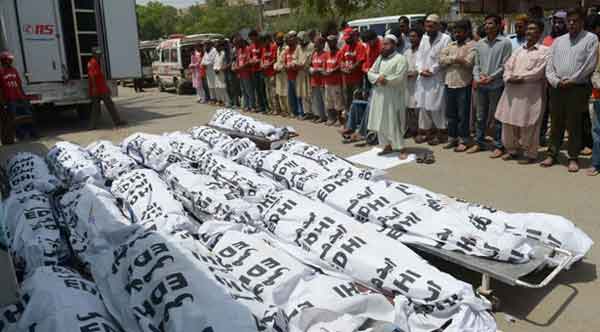Singapore (BBN)–Japan’s real GDP growth will slow, but the slowdown will likely be temporary, as a result of the earthquake and tsunami and growth should start picking up after mid-2011 as reconstruction efforts get underway, the World Bank said.
“While it is still too early for a full assessment, Japan’s past experience suggests an accelerated reconstruction effort, and the short term impact on the economies of developing East Asia is likely to be limited,” the World Bank said in its latest East Asia and Pacific Economic Update released on Monday.
The report, titled Securing the Present, Shaping the Future, was finalized in the weeks prior to the disaster in Japan. In new research prepared since the quake and tsunami struck Japan, the World Bank provides preliminary analysis on the implications for the region with a focus on trade and finance. However, the analysis points to uncertainties and ongoing challenges posed by the unfolding situation involving nuclear reactors in Japan.
On trade, if the Kobe earthquake of 1995 is to serve as a historical guide, Japan’s trade slowed only for a few quarters; Japanese imports recovered fully within a year and exports rebounded to 85 percent of pre-quake levels. But this time around, disruption to production networks, especially in automotive and electronics industries, could continue to pose problems.
On finance, about one-fourth of East Asia’s long-term debt is denominated in yen, ranging from about 8.0 percent in China to about 60 percent in Thailand. A one percent appreciation in the Japanese yen would translate into about a $250 million increase in annual debt servicing on yen-denominated assets held by East Asia’s developing nations.
Looking back on 2010, the report characterizes the region’s output growth as surprisingly strong, with real GDP growth amounting to 9.6 percent for the year as a whole. Growth was also broad-based: six countries in developing East Asia grew by 7 percent or more in 2010.
This is largely the result of sustained monetary and fiscal stimulus measures and stronger growth in demand abroad. Real GDP growth is projected to settle to about 8 percent in 2011 and 2012, according to the report.
The outcome in 2011 is likely to be more subdued as fighting inflation becomes a short-term priority, the report said, adding that lowering inflation presents particularly difficult policy choices for middle-income countries in East Asia, where the application of monetary policy has been complicated by a surge in portfolio capital inflows and rapidly increasing food and commodity prices.
“The bulk of the adjustment burden will likely rest on fiscal policy, where the challenge lies in lowering deficits more rapidly while creating the fiscal space to finance critically needed infrastructure and assure necessary social investments and cash transfers to the poor,” it added.
BBN/SSR/AD-21Mar11-9:05 pm (BST)









